Market Share
Methyl Cellulose Market Share Analysis
In the highly competitive setting of the Methyl Cellulose market companies introduce a variety of market share positioning techniques in order to get an edge over their rivals and take a significant market portion. A main strategy is the product differentiation where companies spend on the research and devolpment to add up unique features of methyl cellulose. This could effect in the improvements of the product itself: viscosity, the water retention and so on. This is what makes their products unique. These are not the only instances where this differentiation may lead to increased sales and earned brand loyalty by existing clients who value such qualities as their various applications: construction, pharmaceuticals and food.
Pricing policy is one of the key tools for attaining a desired competitive position. The other group of firms go for the cost leadership strategy in some cases and attempt to become the industry leader in regards to the cost. Thus, through undercutting their competitors, a possible gateway for reaching the well-established industries that are less fussy about the pricing, like construction or food manufacturing, can be opened. On the one hand, a premium pricing strategy caters a narrow segment which are needy of unique features of methyl cellulose or thinks premium pricing as a signifier of higher quality. One of the greatest challenges is getting the right balance between price and the discerned value in the market Methyl Cellulose for companies looking to create a dominance in various markets and attracting the different sectors.
Distributing channels are very essential in market share strategy. Companies are working on developing efficient distribution networks which will help in collision-free and steady offloading of methyl cellulose products. Forging alliances with fundamental distributors, construction material suppliers, medical companies, or food manufacturers as well as dedicating strategic product placement to these locations above all helps increase visibility and accessibility. Digital integration additionally tends to provide a platform to the businesses through where they can get access to all the audiences and simplify the purchase process for different industries.
Positioning is a corner-stone of brand building in Methyl Cellulose Market. One of the key strategies that companies use to achieve this goal is targeted marketing and to achieve this they use different promotional activities, they demonstrate brand awareness and they foster customer trust in construction, pharmaceuticals, and food sectors. That is why, the having a popular brand does not only increase the prices but also the overall market size of the industry, because chemicals manufacturers tend to buy their methylcellulose from a the brand they trust for versatility and reliability.
Strategic partnerships and alliances are the most effective strategies to position your brand in the marketplace for Methyl Cellulose (MC). Joint efforts with others, either through partnership or alliances, can be a source of complementing resources, technologies or market doors. These strategic alliances may result in a more robust market standing and a better performance in a competitive environment.

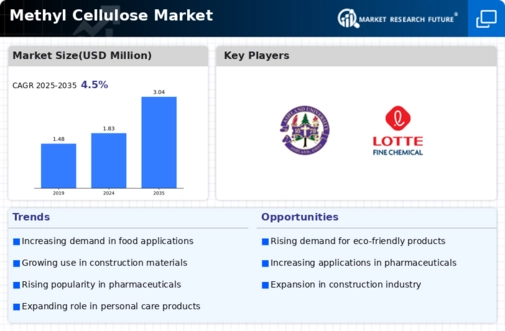
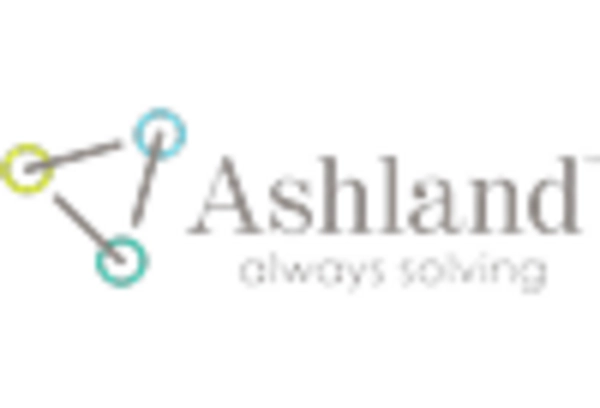

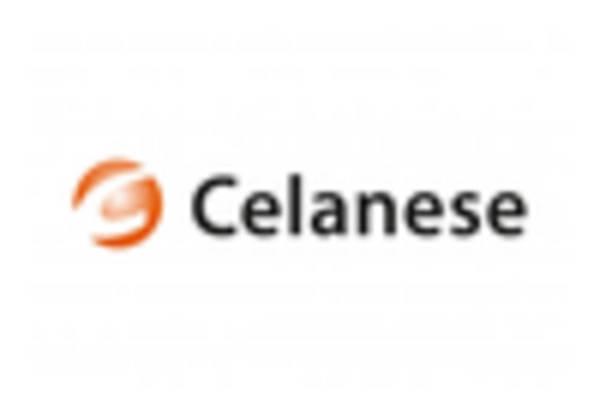
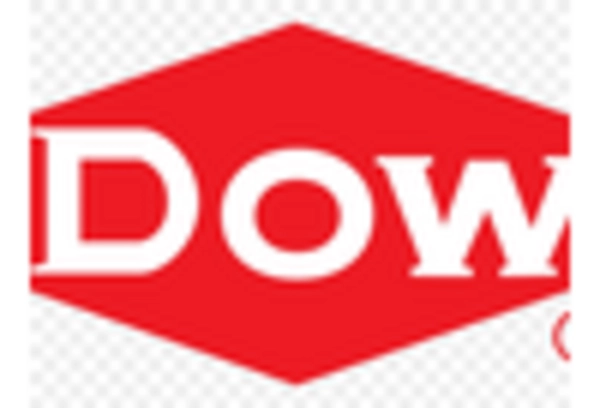
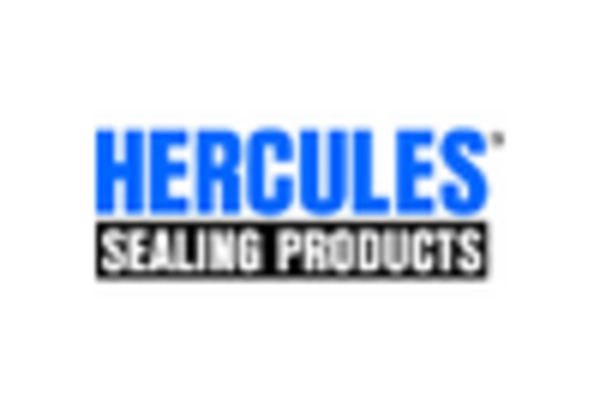
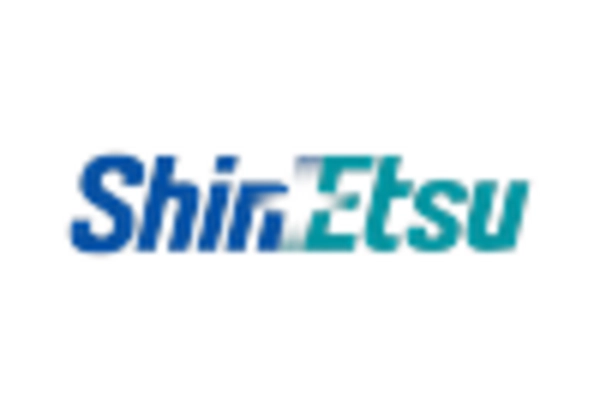









Leave a Comment